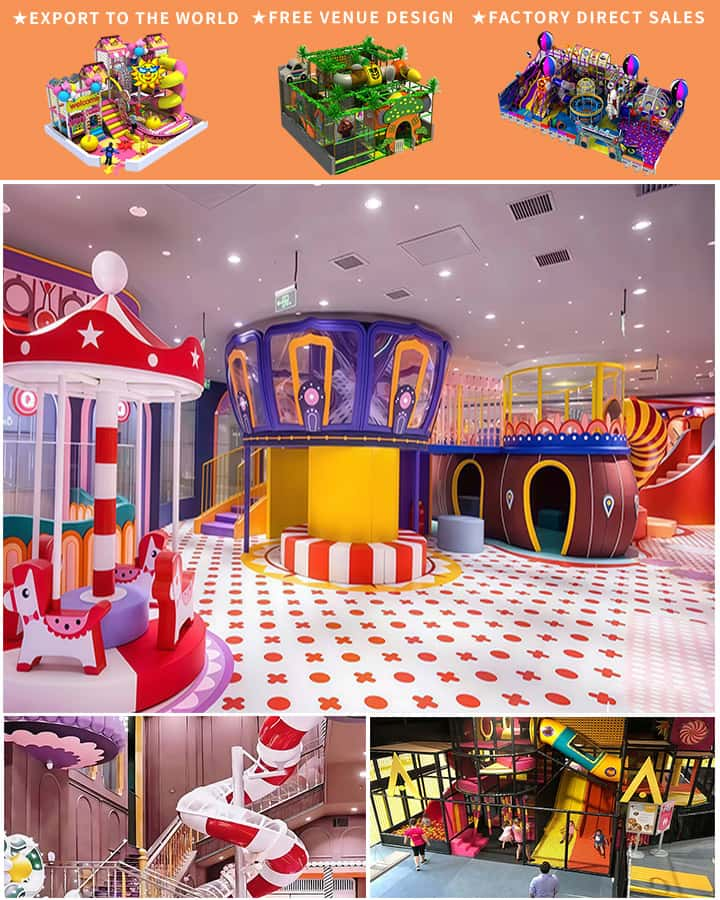Planning to open an indoor playground is an exciting venture, but it’s essential to understand the various costs that come with it. Whether you’re a seasoned entrepreneur or a first-time business owner, having a clear picture of your financial obligations can help pave the way for a successful operation. This article aims to break down and elucidate the primary expenses associated with establishing an indoor playground.
Initial Investment: The Groundwork
Lease/Buy Property One of the most significant expenses is securing a suitable location. The cost depends on whether you lease or buy the property. Leasing may require upfront security deposits and monthly rent, while buying involves a down payment and mortgage payments. Location is crucial; a spot in a busy shopping center or residential area could be more expensive but also more accessible to potential customers.
Construction Costs If you opt to build from scratch, construction costs will encompass everything from blueprints to labor. Renovating an existing space might be less costly but still requires substantial investment for structural modifications and safety enhancements.
Essential Equipment
Play Equipment The heart of any indoor playground is its equipment. From slides and climbing frames to ball pits and trampolines, the variety is vast. High-quality, safe equipment can be a considerable expense, but investing in durable materials and trusted brands ensures both safety and longevity.

Safety Features Safety should never be compromised. Installing proper flooring, such as foam mats, and adding soft barriers around play areas are critical. Additionally, regular maintenance and safety checks add to the operational cost but are essential for preventing accidents.
Operational Expenses
Utilities and Maintenance Running an indoor playground comes with ongoing costs like electricity, heating, cooling, and general maintenance. Ensuring a comfortable environment for children and staff is paramount, making these utility costs unavoidable.
Staffing Adequate staffing is necessary for smooth operations, including supervising children, cleaning, and managing customer relations. Salaries, training programs, and benefits contribute significantly to your operating budget.
Marketing and Licensing
Marketing Expenses To draw customers, effective marketing strategies are needed. This can include online advertising, social media campaigns, local partnerships, and printed materials. Allocating a portion of your budget to marketing can make a big difference in visibility and customer flow.
Licenses and Insurance Obtaining the necessary licenses and insurance policies is non-negotiable. These ensure that your business operates legally and provides financial protection against potential liabilities. Fees vary based on your location and specific needs but are a critical component of your startup costs.
Miscellaneous Costs
Software and Technology Modern businesses often rely on technology for reservation systems, point-of-sale (POS) setups, and even digital waiver signing. Investing in reliable software and tech tools can streamline operations and improve customer experience.
Unexpected Expenses It’s prudent to set aside a contingency fund for unexpected costs. Whether it’s an equipment repair, sudden regulatory change, or unforeseen market shift, having a financial cushion can save you from stress down the line.
Conclusion
Opening an indoor playground can be a lucrative business but requires careful financial planning. By understanding the various components of cost—from initial investments to operational expenses—you can create a comprehensive budget that aligns with your business goals. While the upfront costs might seem daunting, meticulous planning and strategic investment can lead to a thriving, profitable indoor playground.




